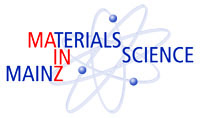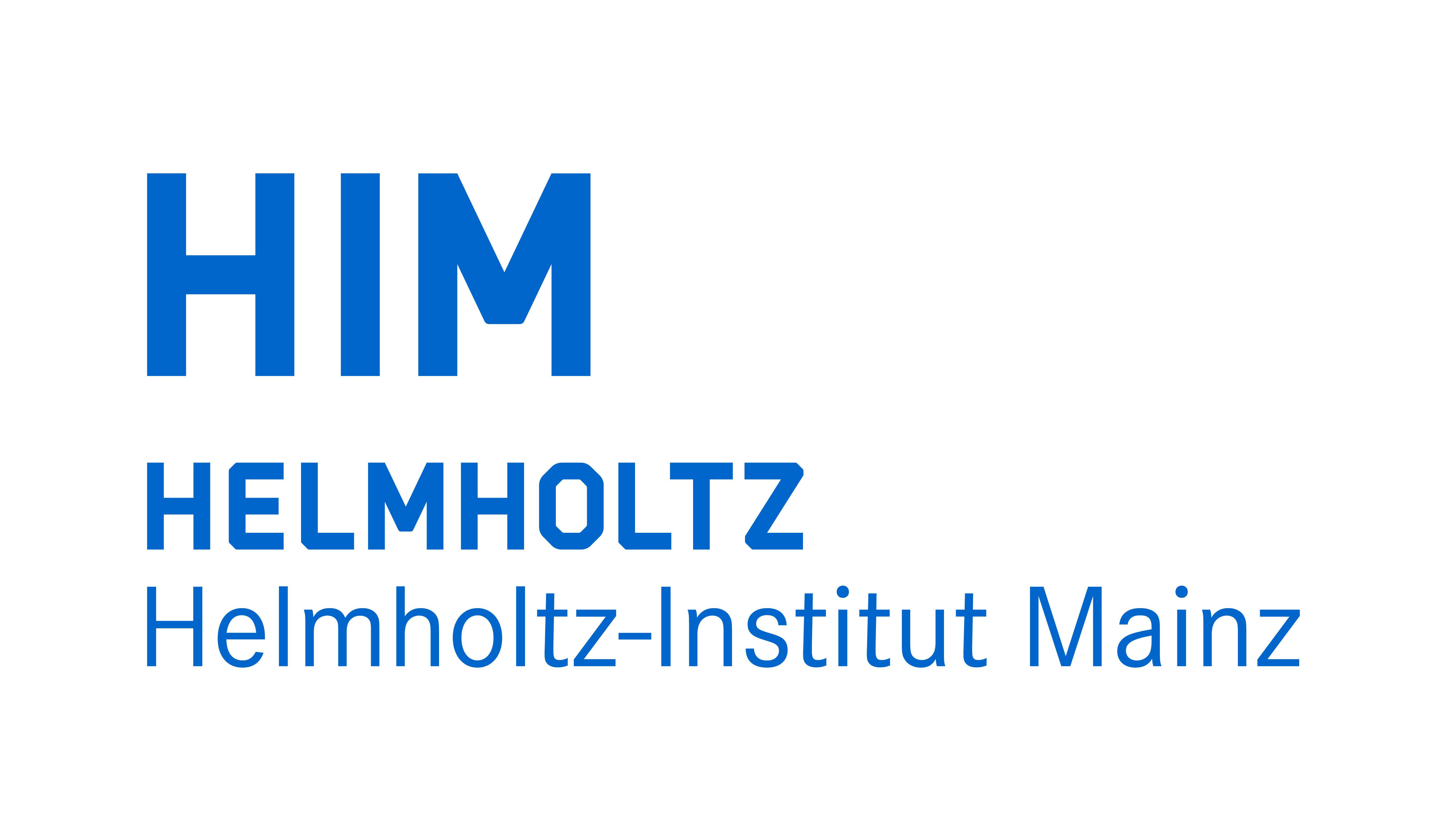


Physikalisches Kolloquium
May 5, 2015 at
4 p.m. c.t.
in
HS KPH
Prof. Dr. Alfons Weber
Institut für Physik
a.weber@uni-mainz.de
Prof. Dr. Hartmut Wittig
Institut für Kernphysik
hartmut.wittig@uni-mainz.de
Neutron Skins of Atomic Nuclei and Neutron Stars
Prof. Dr. Charles J. Horowitz (Indiana University, Bloomington, USA)
Compress sufficiently any material and electrons are captured on protons to make neutron-rich matter. This material is at the heart of many fundamental questions in nuclear physics and astrophysics. What are the phases of high-density matter? Where did the chemical elements come from? What is the structure of many compact and energetic objects in the heavens, and what determines their electromagnetic, neutrino, and gravitational-wave radiations? Some atomic nuclei are expected to have a neutron rich surface region or skin that allows one to study neutron-rich matter in the laboratory. We describe precision parity violating electron scattering experiments at Jefferson Laboratory in the United States and at Mainz to measure the thickness of this neutron-rich skin. This has important implications for the structure of neutron stars. These collapsed dead stars are eighteen orders of magnitude larger than an atomic nucleus but are nevertheless made of the same neutrons with the same strong interactions.